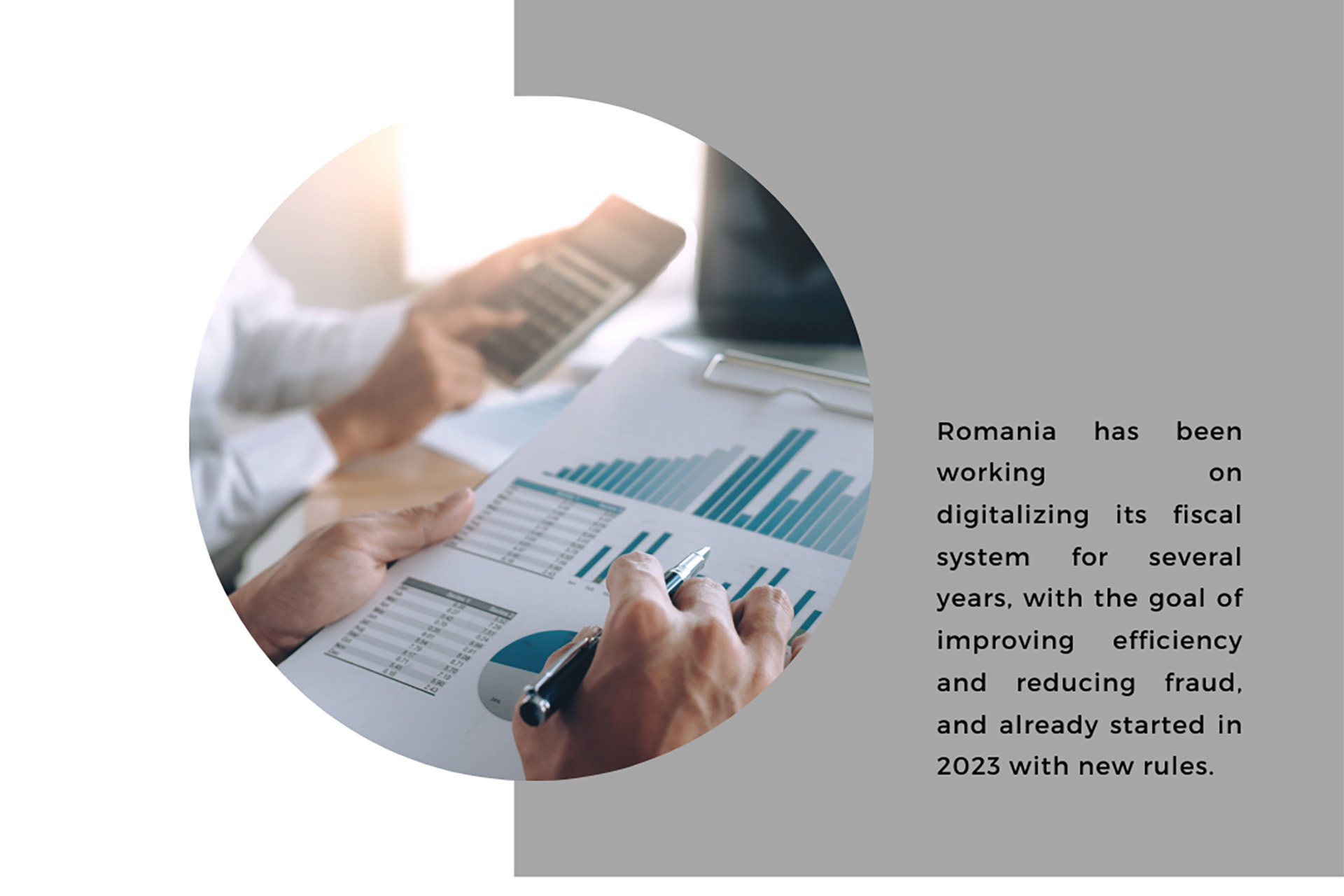Romania has been working on digitalizing its fiscal system for several years, with the goal of improving efficiency and reducing fraud, and already started in 2023 with new rules. The country has implemented several digital tools and platforms for filing taxes, submitting invoices, and other fiscal procedures. The National Agency for Fiscal Administration (ANAF) is the main government body responsible for the implementation and management of the country’s fiscal digitalization efforts.
Part of the digitalization process is the SAF-T fiscal declaration. SAF-T is a new declaration in Romania that stands for “Single Declaration for Fiscal Obligations” and it was introduced as part of the country’s ongoing efforts to improve the efficiency of its fiscal system. The SAF-T declaration is a simplified version of the traditional tax return, which combines multiple forms and obligations into a single document. This new declaration is intended to make it easier for taxpayers to fulfill their fiscal obligations, by reducing the number of forms they need to fill out and the number of deadlines they need to meet. The SAF-T declaration covers a wide range of tax obligations, including income tax, value-added tax, and social security contributions.
For 2023, the standard corporate income tax rate in Romania is 16%. Income from dividends is the subject to a 18% withholding tax. The tax on micro-enterprises is calculated differently and it is 1% of the revenues. Any company can be a micro- enterprise if it has at least 1 full-time employee and the turnover of maximum 500k EUR. Value-added tax (VAT) is also a significant tax for companies in Romania. The standard VAT rate is 19%, with reduced rates of 9% and 5% for certain goods and services.
